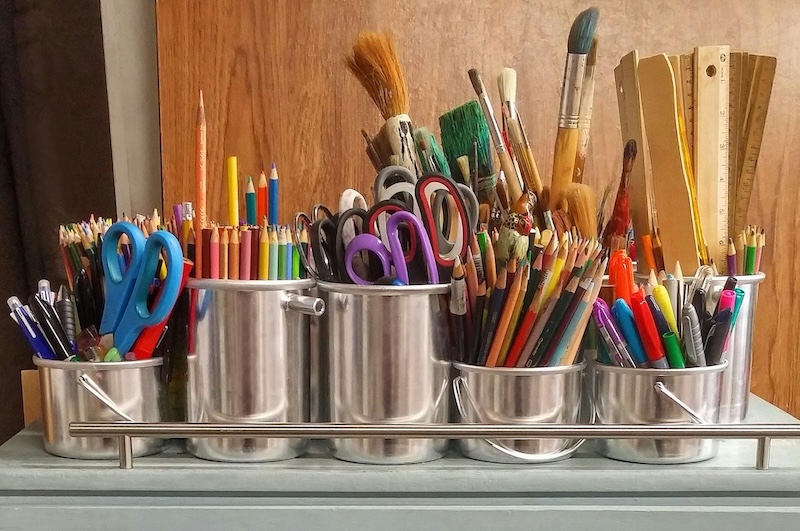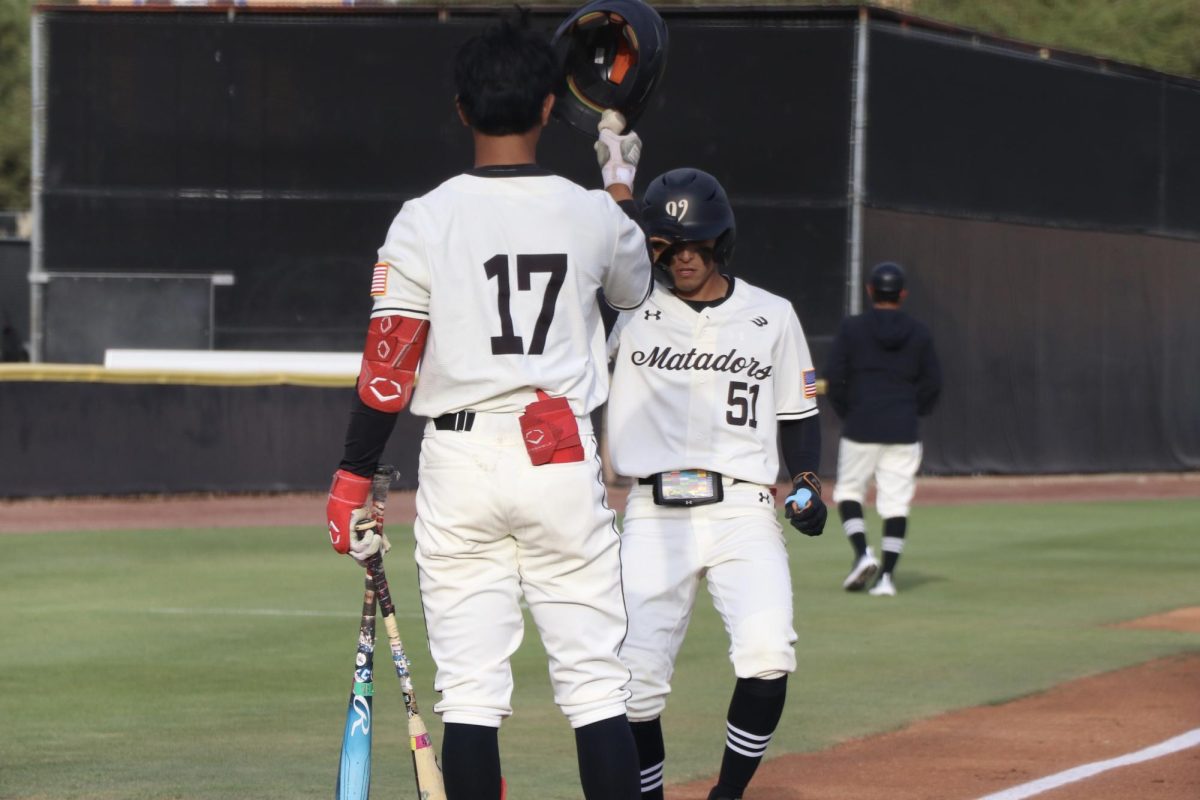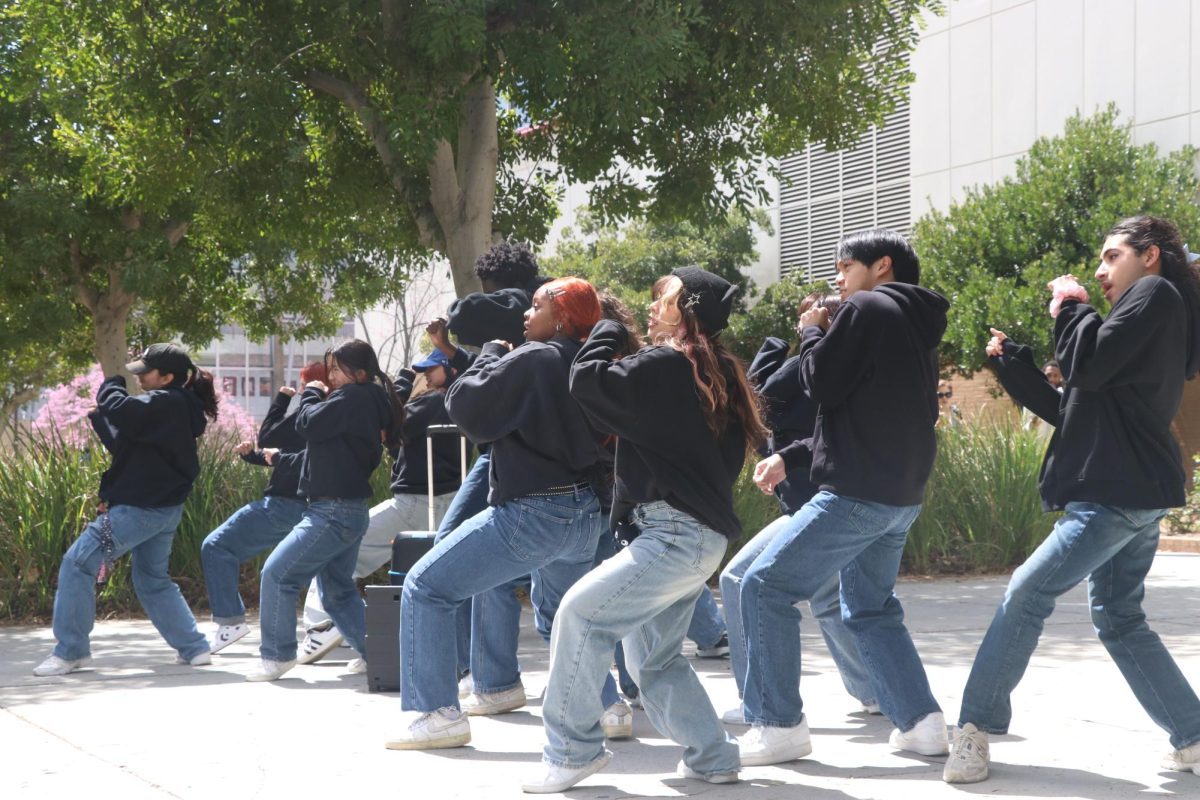From sandy beaches to the iconic Hollywood Sign, Los Angeles presents itself as a vibrant city full of wonder and mystique. Selling dreams of luxury and grandeur, it sits atop the long forgotten broken spirits of those who once came in search of that same illusion.
While neon signs light up Hollywood Boulevard, poverty and desperation are among the many afflictions that plague those living only ten miles south in Skid Row, one of the poorest neighborhoods in the world. Sitting at the outskirts of downtown, it conceptualizes what the city is at its very core.
Originally established as a “containment zone” by city officials in 1976, Skid Row was created as a means to contain unhoused people within a certain perimeter to prevent them from “scattering” to adjacent neighborhoods in the city and disrupting the facade.
In the attempt to protect local neighborhoods from the inconvenience, Skid Row was born. Proposed as a thoughtful project, the “containment zone” would aid both the city and the unhoused population as they would be provided with services and shelters. It wasn’t long until the city forgot its initial promise and instead formed an invisible barricade that would become nearly impossible to escape.
According to a recent report by the Census Bureau, California has yet again retained its position as the state with the nation’s highest poverty rate, which is evident in the conditions of those who live in the streets of Skid Row. While violent crime has decreased by nearly seven percent in 2023, the enforcement and support of particular sectors of the city, such as the Los Angeles Police Department (LAPD), are not accounted for in the overall violence that persists.
According to the Los Angeles Times,“over the last 24 years, police in Los Angeles County have killed about four people each month. The number has varied but remains relatively steady, averaging roughly 42 people per year.”
Anthony Daniel Vargas was among those 42 killed in the year of 2018. Vargas was a 21-year-old man who was killed at the hands of two LAPD deputies on the gruesome night of August 12, 2018.
Upon receiving a 911 call about a man having been robbed at gunpoint by “three Latinos,” the deputies sought out to find their model suspect. According to Lt. Derrick Alfred, each deputy fired eight shots, resulting in the murder of Vargas, who was never found guilty of the robbery.
Vargas was described as a hard-working young man who led Bible study groups at the church warehouse where he worked. He was an avid fisherman who was known to frequent Belvedere Park and its lake, the same place where he would later have his life cut short.
Vargas’ life was honored through an altar made at the Self Help Graphics’ 50th annual Dia De Los Muertos festival at the East LA Civic Center in Belvedere Park. Decorated with marigolds and pictures of Vargas holding fish he caught at that very same lake, the altar not only commemorated his life but also served as a loud and clear message for the East LA Sheriff Station located at the same park. It established a firm position that confirmed to the city the community remembered and held them accountable.
Similarly, the Boyle Heights Arts Conservatory hosted a “Mini Ofrenda Workshop” aimed at honoring the lives of the local youth who passed due to police brutality. Members of the community were able to create ofrendas that were later displayed at the Hollywood Forever Cemetery. Among those honored was Jesse Romero, a 14-year-old boy shot dead in Boyle Heights on August 09, 2016 by Los Angeles Police Officer Eden Medina.
“We have recently seen a rise in our youth transitioning into the afterlife due to drug overdose, police brutality, and gang related occurrences,” said the BHAC in their recent Instagram post.
Celebrated on the first and second day of November, Dia de los Muertos is a Mexican holiday that honors the dead and brings family and friends together to celebrate the gift of life. It’s a day of commemoration and celebration, not mourning.
Dia de los Muertos is celebrated throughout the city of Los Angeles just as it is worldwide. Perhaps the largest celebration in Los Angeles, extending to nine days, is hosted at Plaza Olvera. Altars of those murdered by police officers are among those that are featured.
The Times’ Homicide Report provided the following complete list of the names of every individual killed at the hands of a police officer in 2023:
“Sept.: Ivan Solis Mora, Carlos De Anda, Robert Boozer; Aug.: Angel Ledesma, Arturo Cernas; July: Meyvic Arreola, Billy Stribling, Jessica Brown, Greg Covey; June: Michael Meadows, Benjamin Chin; May: Ruben Ramos, Hector Macias; April: Victor Nava; March: Jose Gonzales Morales; Feb.: Everett Byram; Jan.: Anthony Lowe, Miguel Lopez, Charles Towns, Christopher Mercurio, Alon Foster, Oscar Sanchez, Takar Smith”
Diana Jacobo, a local resident who visited la Plaza, said, “[Dia de los Muertos] represents love and caring. They’re still in our hearts even if they’re in a different place now.”
Los Angeles. The City of angels. A City of broken dreams. How many more deaths until we can achieve peace?












